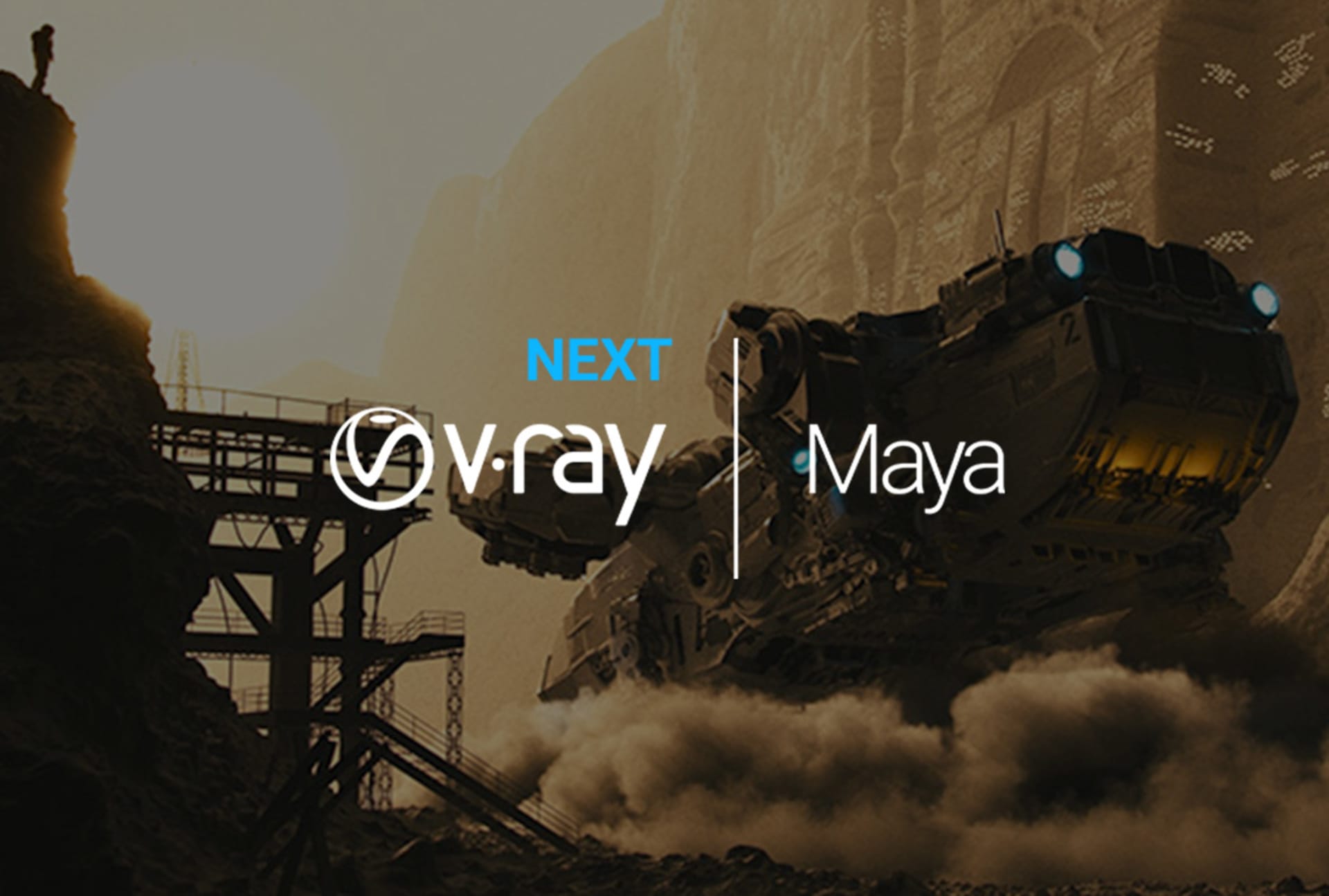
We’ve released V-Ray Next for Maya to bring you powerful scene intelligence, faster production rendering and streamlined Maya workflows for high-end VFX and animation projects.
V-Ray Next for Maya's overall rendering performance is now 25 percent faster on average. As you work, you’ll find even more speed improvements through scene intelligence, which analyzes and optimizes render calculations automatically with no added input. Scene intelligence has also been integrated with new features like the Adaptive Dome Light, helping users render content an additional 2- to 7-times faster, depending on the scene.
Faster, more powerful interactive rendering
V-Ray Next for Maya features a dramatically improved IPR that runs directly from the Maya viewport or the V-Ray Frame Buffer, ensuring faster interactive speeds and workflows. In addition to reducing time to first pixel, improved interactive rendering allows for continuous updates while editing or even scrubbing through animations. It’s also now possible to render V-Ray-quality playblasts for animation previz.
For faster look development, V-Ray Next for Maya adds a new Debug shading mode that allows artists to isolate selected materials, textures, objects and lights to quickly analyze and easily fine-tune specific aspects of their scene. And with the new GPU-accelerated AI Denoiser, noise-free updates are now possible at interactive speeds, providing instant insights into lighting setups.
GPU production rendering
In addition to faster IPR, V-Ray Next for Maya brings a production-ready GPU renderer to professional studios. Built on a new GPU rendering architecture, V-Ray GPU is now 2x faster on average, compared to the previous version. V-Ray GPU Next adds support for fast rendering of volumetric effects such as smoke, fire and fog. And the addition of GPU bucket rendering adds support for faster distributed rendering as well as Cryptomatte output for better control in compositing.
Additional new features in V-Ray Next for Maya include:
- Physical hair material: Produces realistic-looking hair with accurate highlights and includes new glint and glitter controls.
- Metalness: Adds support to the V-Ray Material for PBR shaders and compatibility with materials from Substance Designer and real-time engines like Unreal and Unity.
- Toon shader: New cel shader for non-photorealistic cartoon effects; expanded VRayToon with advanced line controls.
- V-Ray Layered texture: Layers textures using blend modes and individual masking controls.
- Improved physical camera: Now with automatic white balance and exposure controls, as well as rolling shutter motion blur.
- High-quality lens effects: Faster and simpler glare and bloom effects that are ready for compositing.
- Layered Alembic workflows: Supports Alembic 1.7 with layering for faster, more efficient handling and updating of Alembic data.
- V-Ray Cloud support: Now in open beta. Render scenes directly to the cloud at the push of a button.



